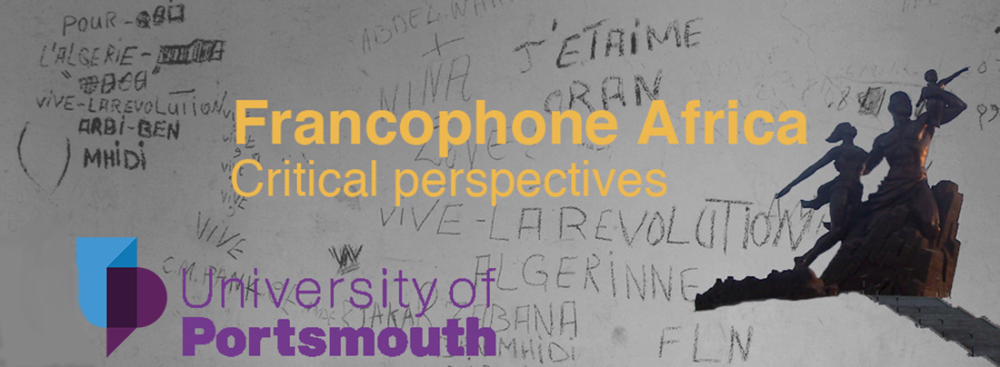BAMAKO, Mali — The G5 Sahel Force was conceived to enable greater coordination among five countries in the Sahel region of West Africa in fighting jihadist groups and to strengthen regional administration and development while relieving the United Nations mission in Mali of those burdens.
Yet ever since the group — Burkina Faso, Chad, Mali, Mauritania and Niger — launched its military operations in July 2017, it has been defined more by what it lacks than by its actions.
A damning report by the United Nations Secretary-General published earlier this year and highlighted in November by the Security Council, said that the force has been hampered by a lack of funding, a devastating attack that killed five people and destroyed most of its military headquarters in Mali in July and a bias toward military solutions.
So, is the G5 Sahel Force, a French-led initiative backed by the UN but resisted financially by the United States, going to survive?
The grouping makes sense in that the modern-day borders of Sahelian countries were inherited from colonialism and often divide single communities among different nation-states. So far, the force’s units number 3,500 soldiers (from a target of 10,000) and have deployed on the border between Mauritania and Mali; the increasingly volatile Burkina Faso-Niger-Mali border; and the Niger-Chad border. Each G5 country cannot deal with the security problems alone, and everyone in the region can benefit from more coordination among the countries.
Although the alliance is also set to enhance development and trade, the actual steps taken in these directions remain vague. The substantive measures that are being promoted, however, favor more military solutions to multifaceted problems and do little to address the lack of basic social services in the region. These are enormous basic services: like access to pumped-in water into people’s homes and other essential sites; and electrical grids.
The UN report argued that “a military solution alone is not enough to create durable peace and stability,” and warned that “if the international community does not sufficiently invest in addressing the root causes of the conflict and support recovery and development in northern and central Mali, peace and security will remain elusive.”
Some of the G5’s operations were originally announced by the French defense minister, Florence Parly, reflecting that on the diplomatic, media, military and funding fronts, the force has been from the start a French-led plan. Like the French military mission Operation Barkhane in Mali and, to some extent, the UN mission there, called Minusma, the G5 Sahel serves European interests more than African ones.
France is keen to get the G5 Sahel off the ground because it views the force as a way of relieving some of the work that its own army does in the region and hopes to mitigate jihadist attacks on its own soil by relegating the battle against terrorists to countries in the region.
“French military and some government officials largely do not envision Barkhane or French forces drawing down any time soon, but it seems clear that many hope the G5 can be one possible long-term security solution for the region,” said Andrew Lebovich, a research fellow at the European Council of Foreign Relations.
One problem is that the G5 Sahel builds on the faulty Algiers Accord, the Malian peace agreement signed in 2015 that has yet to be carried out fully, and on a fundamental difference between the Malian and French governments’ views of who is a terrorist.
When French forces intervened in Mali in 2012 to help drive a coalition of jihadist groups from the towns they occupied, Malian officials were elated. But the French did not want Malian soldiers to enter Kidal, the bastion of the MNLA Tuareg rebel group that is at the heart of the conflict. While France considers jihadist groups like Al Qaeda in the Islamic Maghreb to be the main enemy, for Mali, Tuareg separatists like the MNLA are the biggest threat to the country’s fragile existence.
Moreover, the Algiers Accord outlined the construction of basic infrastructure and social-service pledges like roads, schools and hospitals. Those pledges have not been met. (A crowd-sourcing campaign launched in December by France is soliciting donations to finance projects.)
Almost six years after the French intervention, the French military conducts joint missions with former rebels in regions where the Malian state is a sworn enemy. Moreover, the violence has spread to other regions and countries. Not only do the northern regions of Mali continue to be attacked regularly, central Mali has become a target: 40 percent of the violence occurs in Mopti. Burkina Faso, nearby, has experienced more than 200 terrorist attacks since January 2016.
The G5 Sahel force has missed many of its funding targets but has procured half of its military budget. According to the UN secretary-general’s report, as of mid-November, about $225 million of the $469 million pledged has been received. President Emmanuel Macron of France has been sensitive to criticism that the force has materialized so slowly.
“We always see what’s not advancing. Don’t be so critical,” he said to the BBC in July, adding that French troops will remain in the region “for as long as necessary.”
Although the Trump administration — through Ambassador Nikki Haley at the UN Security Council — has rebuffed funding appeals by Macron, the US is now a key donor to the force through direct and bilateral deals.
Read more on PassBlue
